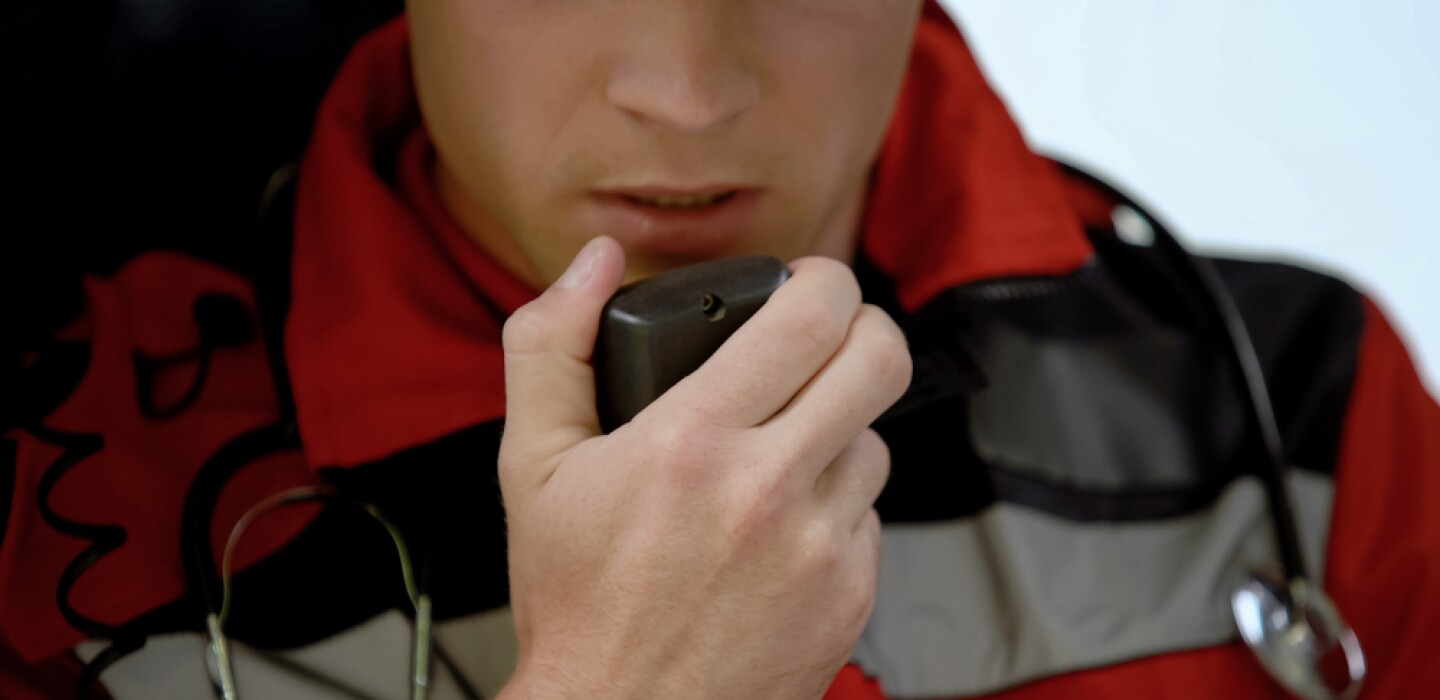
Hybrid Mesh-Satellite Network You Can Trust With Your Life
In February, a caddie working at the Pebble Beach Pro-Am golf tournament in California went into cardiac arrest. Because of the presence of the Somewear Grid technology, the caddie’s location was determined within 25 seconds and first responders were on-scene delivering life-saving actions within three minutes.
Somewhere Labs provides a technology platform that allows situational awareness and connectivity for first responders or any group in nearly any environment.
“In the past, we knew someone was out there, but we didn’t know exactly where they were,” said Peter Brown, director of security at Pebble Beach. “Teams were placed in zones, but considering the size of the golf course, those zones were still large. Somewear has allowed us to maintain a real-time understanding of each teams’ location and movement and we can immediately identify the nearest unit when an emergency takes place.”
In May, Somewear announced the evolution of Grid to Node, a hybrid of a mesh radio network and satellite technology to ensure reliability in nearly any location or circumstance.
The pocket-sized Node is able to route data via the mesh radio network and also with the resiliency of satellite connectivity.
The company started the platform with satcom and realized teams were using the satellite platform for both long- and short-range communication, which was reliable but a bit inefficient, according to Somewear Labs CEO James Kubik.
“You might have command and control that was 100 miles away and then a team of 10 people much closer and they’re still using satcom,” Kubik said. “It got us thinking, this is not that efficient, and that’s where Node really comes into play, where we take the reliability of satcom and pair it with the efficiency of a mesh network.”
Mesh networks have been around for a while and have their place in on-scene communication. But can you trust your life to a mesh network?
“I don’t believe you can make that promise,” Kubik said.
He said a mesh network necessitates the presence of other elements, such as people to set up the nodes and hardware to be able to create the ad hoc network. But delivering a hybrid of a mesh network and satcom technology suggests efficiency and also reliability in any environment.
“With the software platform you have the ability to both have the close network efficiency, where you’re passing data very rapidly, but with low latency and you also have the ability to sail over to that satellite simultaneously,” Kubik said.
The platform actually has the “intelligence” to recognize that if the destination of the data is far away, satellite is the best way to route that information.
“The software on board governs the routing of that data so on top of having the capability you have the intelligence of the system, saying, ‘You’re trying to get to that person 100 miles away, I know that satellite is going to be the best path versus using this mesh network.’”
The scalable platform is available for government agencies but also anyone afield like private security firms or even individuals enjoying the outdoors — or a golf tournament, as one lucky caddie is well aware.

Average Rating